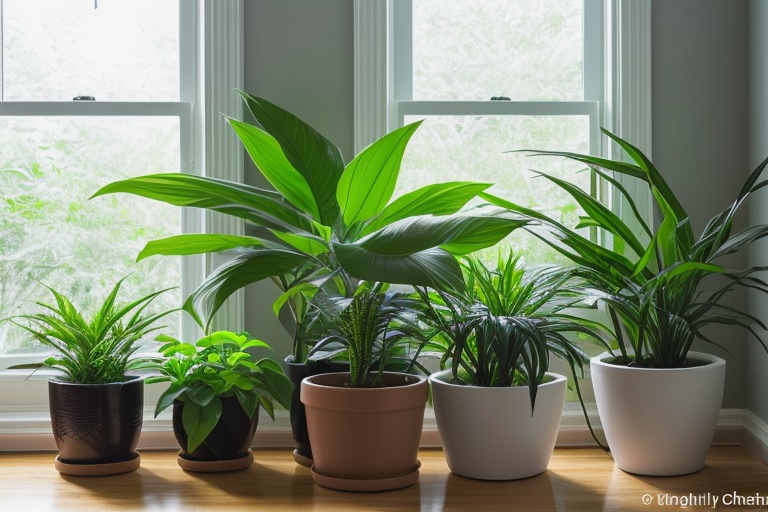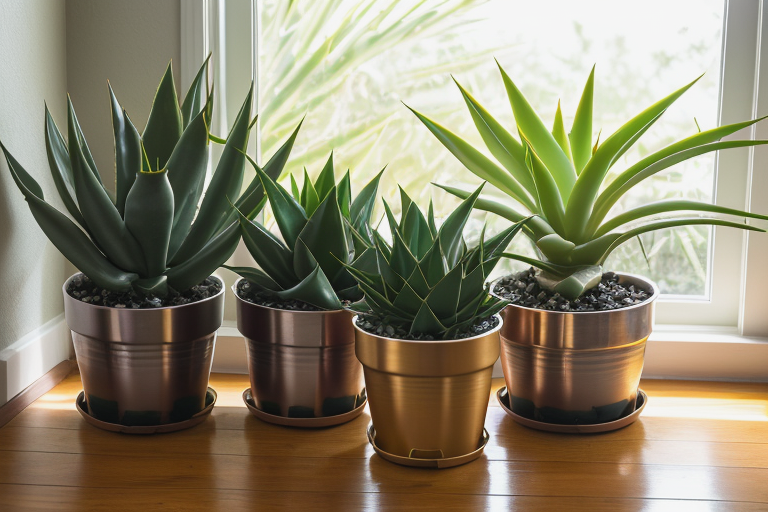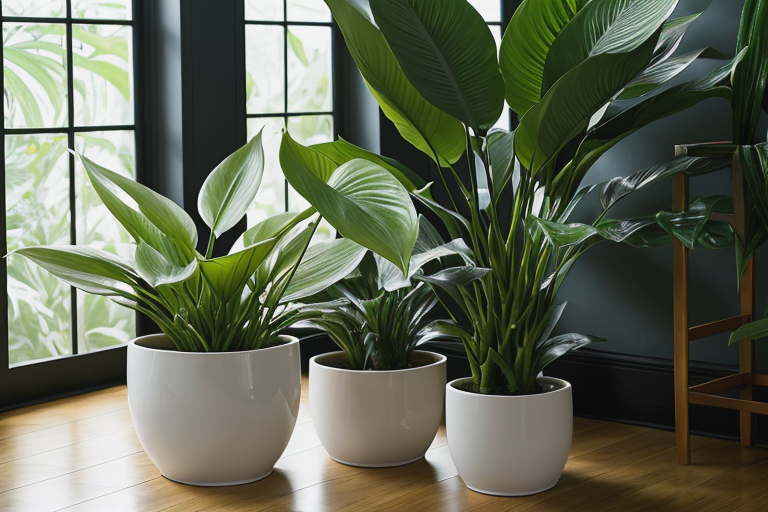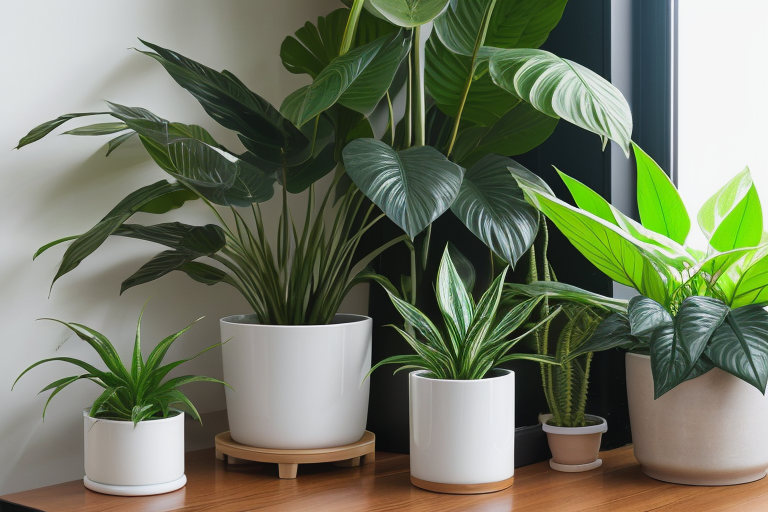Learn to match your plants with perfect lighting conditions. Understanding light requirements is the key to thriving houseplants.

How to Assess Your Home's Light Conditions
1. The "Window-Sun" Test
Stand near a window at the height where you'd normally place a pot and observe the sun's path throughout the day. Note the hours of direct sun (unshaded) and the times it's filtered through curtains or glass.
2. Using a Light Meter
A simple lux meter can give you precise measurements:
- 5,000–10,000 lux: Bright, direct sunlight (ideal for sun-loving plants)
- 1,000–5,000 lux: Bright indirect light (good for many "medium-light" plants)
- 100–1,000 lux: Low light (most shade-tolerant houseplants survive here)
3. The "Paper Test" (No Gadget Needed)
Place a white sheet of paper on the windowsill. If you can read a newspaper from 1 meter away, the spot is bright. If you need to hold the paper very close to read, the light is low.
Plants That Love Direct Sun
These species thrive when they receive at least 4–6 hours of unfiltered sunlight each day. They typically have thick, fleshy leaves that can handle the intensity.
| Common Name | Scientific Name | Ideal Light (hrs/day) | Key Care Notes |
|---|---|---|---|
| Jade Plant | Crassula ovata | 4–6 h direct | Water when soil is dry; avoid over-watering |
| Aloe Vera | Aloe barbadensis miller | 5–6 h direct | Allow soil to dry completely between waterings |
| Cactus (Various) | Various (Cactaceae) | 5–8 h direct | Very drought-tolerant; use gritty cactus mix |
| Snake Plant 'Laurentii' | Sansevieria trifasciata | 4–5 h direct | Variegated forms need bright light |
| Hibiscus | Hibiscus rosa-sinensis | 5–7 h direct | Feed weekly during growing season |
Pro tip: Rotate pots every 2–3 weeks so all sides receive equal light and plants stay compact and well-shaped.

Plants That Prefer Shade (Low-Light)
Shade-tolerant plants are perfect for north-facing rooms, bathrooms, or corners that receive only filtered light.
| Common Name | Scientific Name | Light Preference | Key Care Notes |
|---|---|---|---|
| ZZ Plant | Zamioculcas zamiifolia | Low to medium (100–1,000 lux) | Water sparingly; very drought tolerant |
| Pothos (Golden) | Epipremnum aureum | Low-medium indirect | Allow top inch of soil to dry |
| Peace Lily | Spathiphyllum spp. | Low-medium indirect | Prefers consistent moisture |
| Cast Iron Plant | Aspidistra elatior | Very low light (100–500 lux) | Extremely hardy; water when dry |
| Snake Plant | Sansevieria trifasciata | Bright indirect, low-light ok | Avoid direct sun on variegated leaves |

General Care Tips for Both Light Types
Watering Guidelines
- Sun-loving plants: Allow the top 2-3 cm of soil to dry before the next watering
- Shade plants: Keep the soil lightly moist; over-watering is the most common mistake
Fertilizing
During the active growth period (spring to early fall), feed every 4–6 weeks with a balanced 20-20-20 water-soluble fertilizer. Reduce feeding in winter when growth slows.
Pot & Soil Choice
- Sun-loving succulents and cacti: Use well-draining mixes (add perlite or coarse sand)
- Shade-tolerant foliage plants: A peat-based potting mix retains moisture without becoming soggy
Rotating & Pruning
Rotate plants weekly to prevent uneven growth. Prune leggy stems and remove dead foliage to encourage fresh, compact growth.
Pest Management
Both groups can attract spider mites, mealybugs, and fungus gnats. Treat early with insecticidal soap or neem oil, and let the soil dry out between waterings to discourage gnats.
Frequently Asked Questions
Can I move a shade-loving plant into a sunny window?
Gradual acclimation is key. Start with a few hours of filtered light each day and increase the exposure by 30 minutes every 2–3 days. Sudden full sun will scorch the leaves.
My direct-sun plant's leaves are turning brown at the tips. What's wrong?
Brown tips often indicate over-watering or low humidity. Reduce watering frequency, ensure proper drainage, and consider a humidity tray or misting.
Is "low-light" the same as "no light"?
No. Low-light still provides enough photons for photosynthesis (roughly 100–500 lux). A plant placed in a completely dark room will eventually die.
Do I need special grow lights for shade plants?
Not necessarily. A standard LED desk lamp placed a foot away can provide adequate supplemental light for low-light plants, especially during winter months.
